Few experiences capture the spirit of summer like the smell of sweet fried dough wafting through the air at a bustling state fair. These annual gatherings are more than just carnival rides and livestock competitions; they’re a culinary playground where treats like funnel cakes, corn dogs, and candy apples have become synonymous with fun and indulgence.
Funnel Cakes and Other Classic Fair Treats
But these iconic snacks didn’t just appear overnight. Their stories span centuries, continents, and cultural shifts. From old-world traditions brought to America by immigrants to quirky inventions at 20th-century expos, each treat has a tale to tell.
Funnel Cakes: A Sweet Tradition with Deep Roots
From Medieval Europe to the American Fairground
While funnel cakes feel uniquely American, their roots trace back to medieval Europe, particularly among German-speaking populations. The treat as we know it evolved from a dish called “Drechterkuche” a kind of fried batter cake made by Pennsylvania Dutch settlers in the 17th and 18th centuries.
The name “funnel cake” comes from the method of preparation. Batter is poured through a funnel into hot oil, forming lacy, crispy spirals that are dusted with powdered sugar.
How They Gained Popularity
Funnel cakes became widely popular at American fairs in the mid-20th century. Their affordability, ease of preparation, and crowd-pleasing nature made them a staple at community events and agricultural shows.
Modern variations now include:
- Toppings like chocolate syrup, whipped cream, and fresh fruit
- Savory spins with cheese or spicy flavors
- Instagram-worthy versions from food trucks and pop-up vendors
The Origins of Other Classic Fair Treats
Funnel cakes might take center stage, but they’re just one act in the larger performance of fairground snacks. Here’s a look at the histories behind other well-loved treats.
Corn Dogs
A hot dog encased in a golden cornmeal batter, served on a stick corn dogs are perhaps the most iconic fair food. The exact origin is debated, but they likely came to prominence in Texas or Minnesota during the 1920s or ’30s.
Key milestones:
- Credited by some to the 1942 Texas State Fair
- Early versions were made using sausage instead of hot dogs
- Portable and mess-free, ideal for strolling through crowds
Cotton Candy
This sugary fluff was once a novelty. Originally called “Fairy Floss,” it was invented in 1897 by dentist William Morrison and confectioner John C. Wharton.
Notable facts:
- Debuted at the 1904 World’s Fair in St. Louis, selling over 68,000 boxes
- Early machines were crank-operated and prone to malfunction
- Today’s versions come in rainbow colors and creative flavors
Caramel and Candy Apples
These glossy apples on a stick are a fall fair staple.
- Candy apples were created by Newark candy-maker William Kolb in 1908
- Caramel apples gained popularity in the 1950s with Kraft’s pre-packaged caramels
- Both versions are now customized with nuts, sprinkles, and chocolate drizzles
Elephant Ears
Often confused with funnel cakes, elephant ears are made from rolled dough fried flat and covered with cinnamon sugar. Their shape broad and flat like an elephant’s ear gives them their name.
Differences between funnel cakes and elephant ears:
| Funnel Cake | Elephant Ear |
| Made from liquid batter | Made from rolled dough |
| Poured in spirals | Rolled out flat |
| Crisp and lacy | Puffy and chewy |
| Topped with powdered sugar | Topped with cinnamon sugar |
Deep-Fried Curiosities: The Modern Fair Food Trend
State fairs in recent decades have become testing grounds for the most unexpected culinary creations. The trend of deep-frying just about anything has become a cultural phenomenon.
Popular (and Peculiar) Fried Fair Foods
- Fried Oreos
- Fried butter
- Fried ice cream
- Fried Coca-Cola (yes, really)
- Deep-fried bacon-wrapped pickles
These innovations draw crowds and headlines, adding an element of surprise to every visit.
Why Fair Foods Became Cultural Icons
There’s something uniquely American about fair food. Beyond flavor, these treats evoke a sense of community and celebration.
Reasons Behind Their Enduring Popularity:
- Seasonal indulgence: Fairs only come once a year, making these treats feel special
- Shared nostalgia: Eating the same snacks as your parents or grandparents creates emotional ties
- Simplicity and spectacle: The process sizzling oil, powdered sugar clouds, sizzling sticks of meat is part of the experience
These foods also thrive because they’re deeply tied to events that promote joy, play, and a break from the ordinary.
Today’s Fair Treats: Classic Meets Creative
In recent years, fair food has expanded far beyond its rustic roots. Vendors now blend traditional techniques with bold flavors and dietary options.
Notable Trends:
- Gourmet funnel cakes with Nutella, s’mores, or cheesecake toppings
- Plant-based versions of corn dogs and burgers
- Artisan cotton candy with flavors like rose, matcha, or lavender
- Cultural crossovers like fried ramen burgers or Korean corn dogs
These updates appeal to younger audiences while keeping older generations coming back for their favorites.
Final Thoughts: A Legacy Served on a Plate
Funnel cakes and other fairground treats carry with them more than just taste they hold stories. From immigrant kitchens to fairground stands, they reflect a blend of history, culture, and creativity.
Whether you prefer the classic powdered sugar funnel cake or a deep-fried peanut butter cup, these foods offer more than a sugar rush. They deliver a moment, a memory, and a reminder that some of the best culinary traditions are also the most fun.
Ever wondered how funnel cakes became a fair favorite? 🍰 Tap “Learn More” for the sweet backstory of your favorite carnival treats!





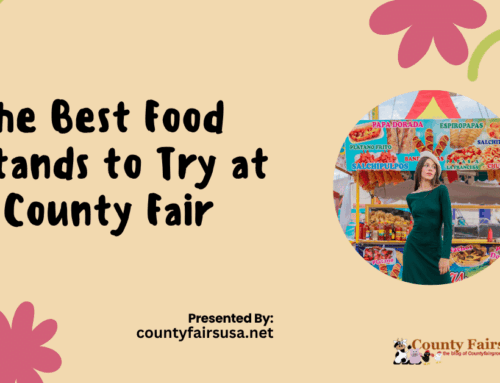
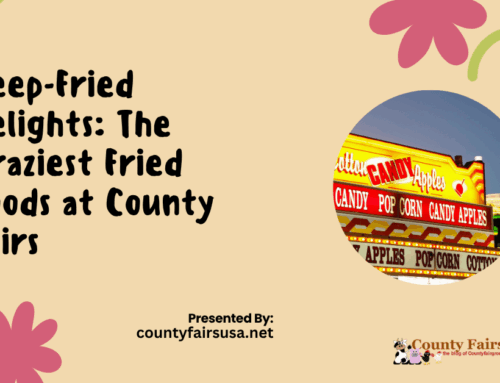
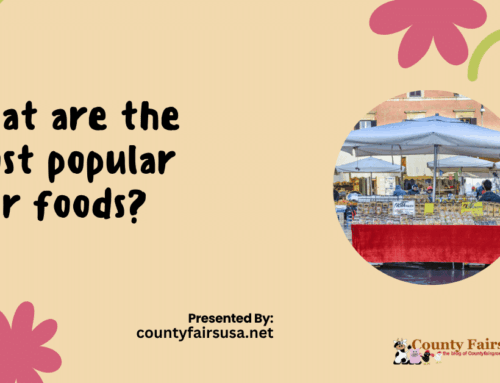
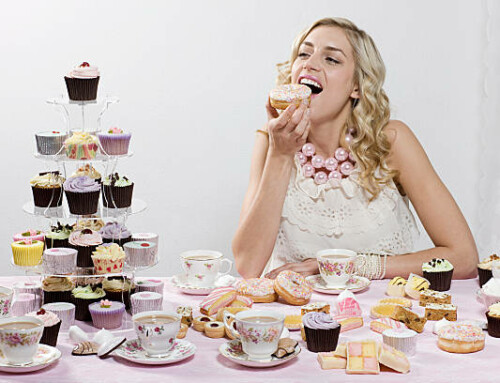
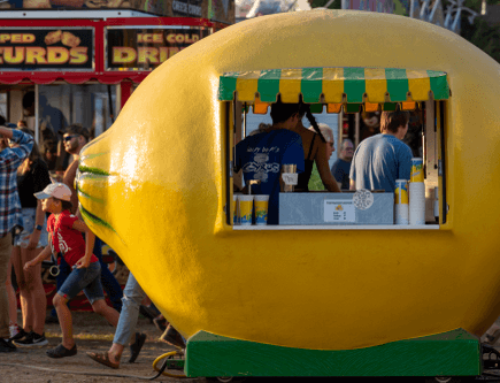
Leave A Comment